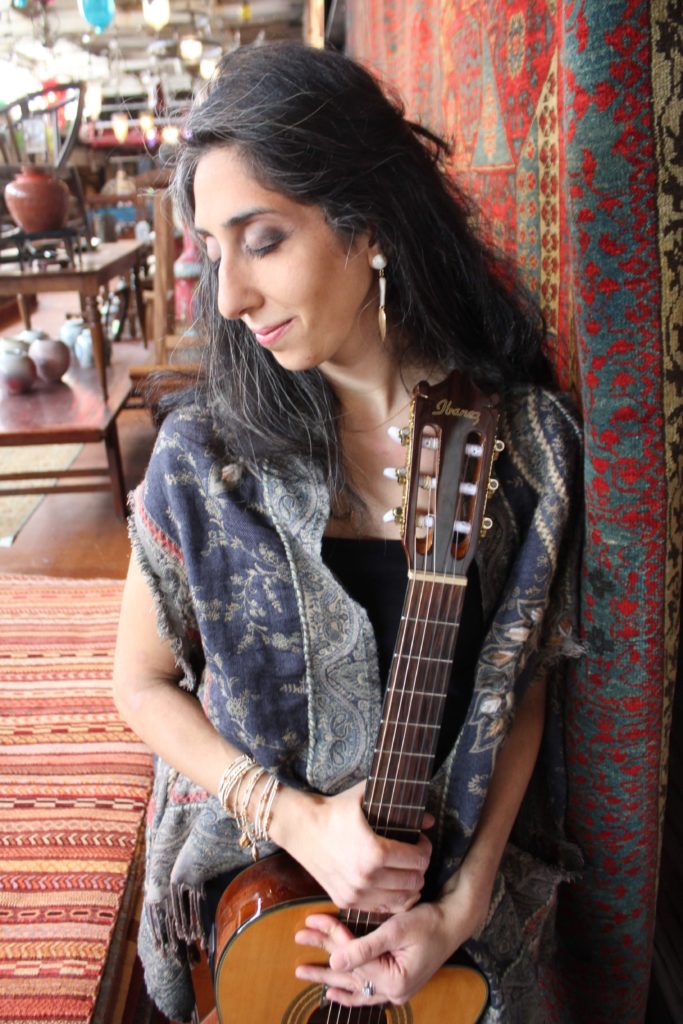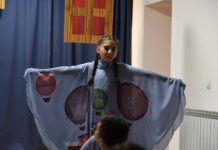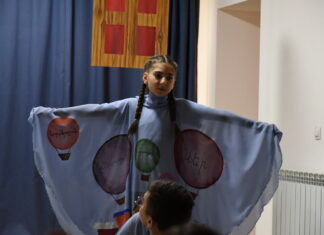By Harry Kezelian
Special to the Mirror-Spectator
DETROIT — The last few years has seen a very interesting phenomenon in the Armenian music world – the growth of what might be called “modern Armenian folk music.” These new interpretations of Armenian traditional folk songs as well as new songs inspired by the folk tradition seem to have started with Arto Tuncboyaciyan’s Armenian Navy Band, but the real movement today seems to be growing in the Diaspora, with such groups as France’s Collectif Medz Bazar, Los Angeles’ Element Band and Armenian Public Radio, and Lebanon’s Garabala. In this piece, I am reviewing two albums that have been released in the past year which are significant for the progress of Armenian folk music in the world and in the United States in particular.
Medz Bazar, which has been on the scene for a while now, has released their third album, “O,” this past year. Meanwhile the US East Coast, headquarters of the beloved yet controversial genre of “kef time music,” has finally brought forth two entries in the field, Raffi Wartanian’s second album, “Critical Distance” (reviewed on February 6 by Mirror-Spectator contributor Taleen Babayan), and Karinné Andonian’s “Acoustic Armenia.” (Though this is Karinné’s first album, she is no stranger to many in the tight-knit East Coast Armenian community.)
Collectif Medz Bazar is composed of ethnic Armenian, Turkish, and French residents of Paris. Their inimitable combination of Armenian, Turkish, and other regional folk music, along with influences from American jazz and many other genres, while obviously brand new, is strangely familiar to many Armenians in the US, especially in the East Coast. The reason is obvious – though the members hail from France, much of the same influences have gone into the traditional Armenian dance repertoire of the United States, and so to the ears of this writer at least, Collectif Medz Bazar’s work is something like postmodern kef music.
The members of the band are: Sevana Tchakerian (vocals, accordion, keyboard instruments, shvi, etc.), Ezgi Sevgi Can (vocals, clarinet and saxophone), Ela Nuroglu (vocals), Marius Pibarot (vocals, violin, cello, etc.), Vahan Kerovpyan (vocals, percussion), and Shushan Kerovpyan (vocals, double bass). The artists work in a collaborative way, alternating instruments and vocals, and they have written many of the songs themselves.









